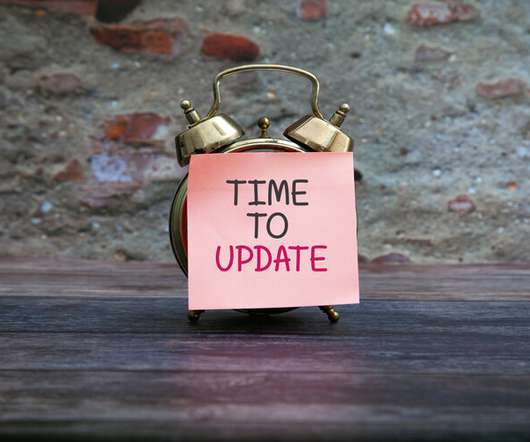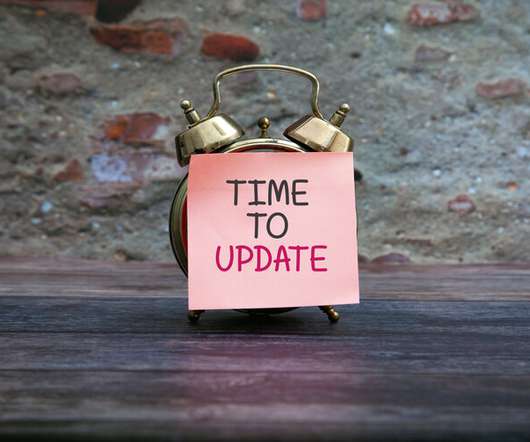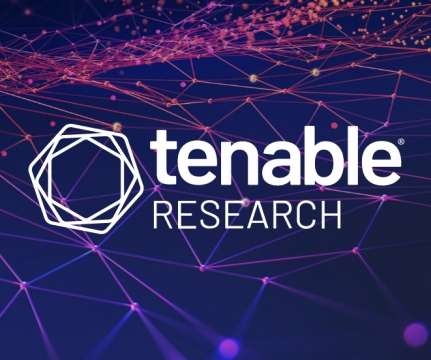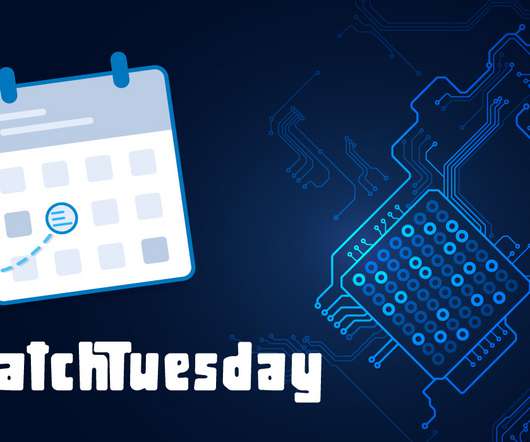Security and Windows 10 Will Cross Paths for Enterprises
CTOvision
MARCH 17, 2015
Outside of the more notable and talked about features—friendlier UI, improved device manageability including MDM, easier operating system deployment (OSD), universal applications, and a customizable store portal for organizations—Windows 10 comes with something even more important - deeper security.






















Let's personalize your content